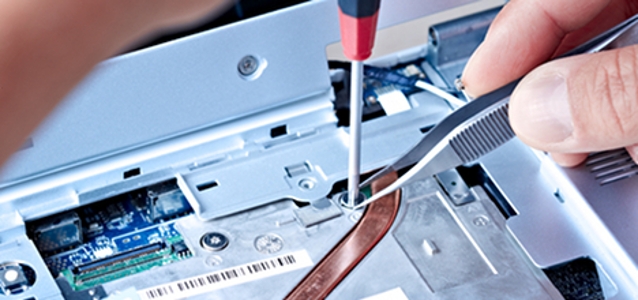
© daniel schweinert dreamstime.com
Components |
Supplemental downlink technology on L-band frequencies
Orange, Ericsson and Qualcomm Incorporated have successfully used L-band frequencies to demonstrate the use of supplemental downlink technology on a mobile network.
The demonstration was carried out on Orange's network in Toulouse, France, on 21 February 2013. The performance and benefits of this technology will be unveiled during the Mobile World Congress, in Barcelona, on Ericsson's stand.
This initiative was achieved in the context of the recent decision from the CEPT (European Conference of Postal and Telecommunications Administration) to harmonize use of the L-band (1452-1492 MHz), reserving it specifically for supplemental downlink technology.
The trial system, which uses L-band frequencies for testing, was authorized by the French telecoms regulator, Arcep, in June 2012. The system combines L-band frequencies in the downlink mode with traditional 2.1 GHz frequencies owned by Orange to boost downlink capacity. The trial network uses radio base stations supplied by Ericsson and devices equipped with Qualcomm chipsets.
Supplemental downlink is a new technology that can be used to increase downlink capacity on both 3G and LTE networks. The technology represents a significant step forward in traditional spectrum aggregation systems that are already used for HSPA+ and LTE networks by the 3GPP standardization group. Supplemental downlink is a technological breakthrough as it provides a significantly enhanced technique for using radio spectrum for wireless networks. Supplemental downlink technology can now be used in the L-Band and could also be considered in other frequency bands.
This new technology will allow network operators to manage the ever-increasing demand for data service on wireless networks and provide improved performance for end users.
"After two years of extensive studies, CEPT ECC decided to harmonise the L-band for Supplemental Downlink. I am happy to see the industry materializing rapidly this decision which will generate substantial benefits to European users," said Eric Fournier, chairman of the Electronic Communications Committee.






